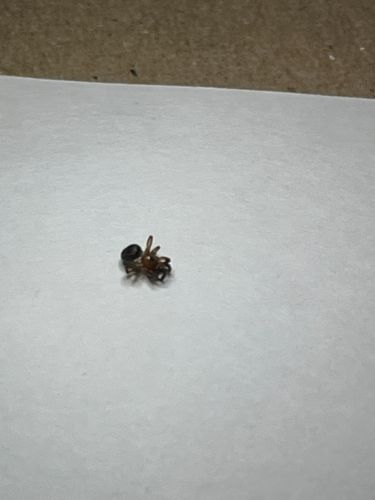Ant
Scientific Name: Formicidae (family)
Order & Family: Hymenoptera, Formicidae
Size: Varies significantly by species, from approximately 2 mm to 25 mm (0.08 to 1 inch) in length.

Natural Habitat
Highly adaptable, found in nearly all terrestrial habitats worldwide, including forests, grasslands, deserts, urban areas, and even some aquatic environments. They typically build nests in soil, wood, under rocks, or in cracks and crevices.
Diet & Feeding
Omnivorous. Diet includes nectar, seeds, fungi, other insects (both living and dead), honeydew excreted by aphids, and food scraps. Some species are specialized predators or farmers of fungi/aphids.
Behavior Patterns
Ants are social insects living in colonies that can range from a few dozen to millions of individuals. Colonies typically consist of one or more queens, sterile female worker ants, and male ants. They exhibit complex social structures, division of labor, communication through pheromones, and cooperative foraging. Many species undergo complete metamorphosis (egg, larva, pupa, adult).
Risks & Benefits
Benefits: Play crucial roles in ecosystems as predators of other insects, seed dispersers, soil aerators, and decomposers. Risks: Some species can be considered pests when they invade homes or gardens. Certain species, like fire ants, can deliver painful stings or bites. A few species can cause structural damage to wooden buildings (e.g., carpenter ants).
Identified on: 11/12/2025